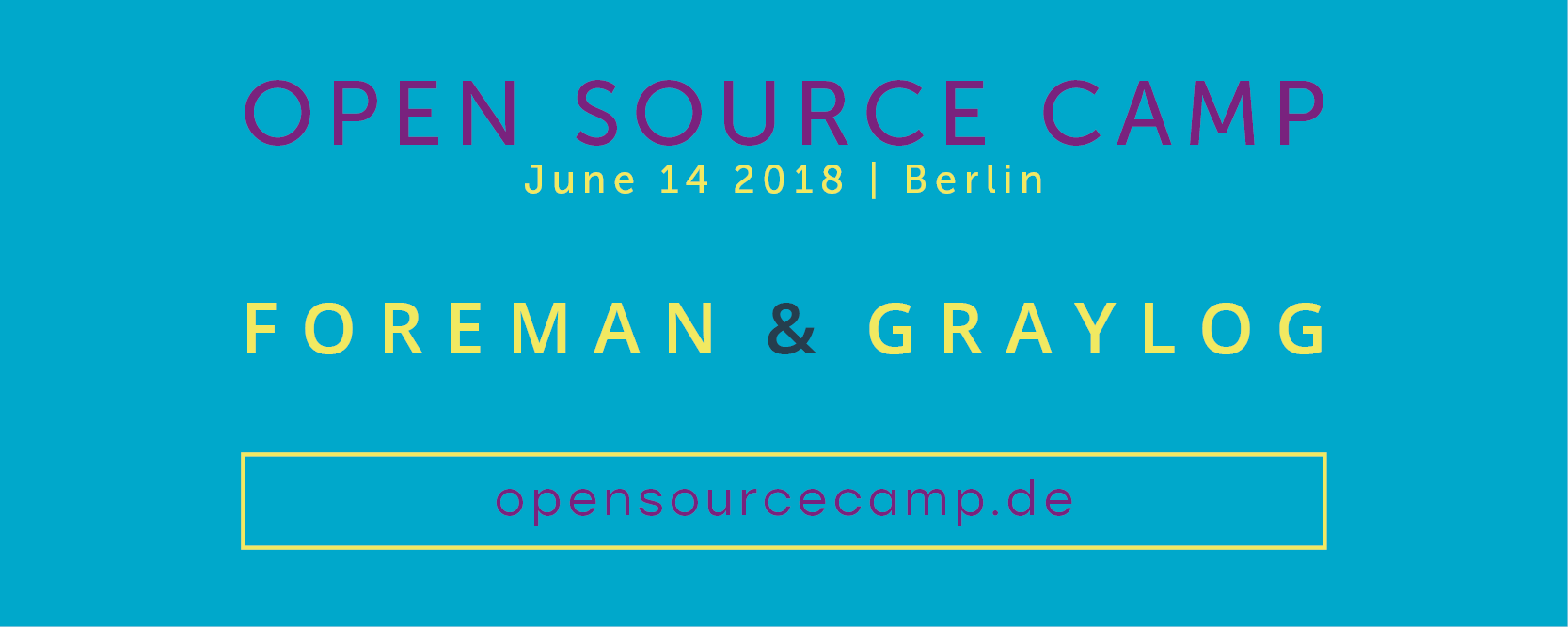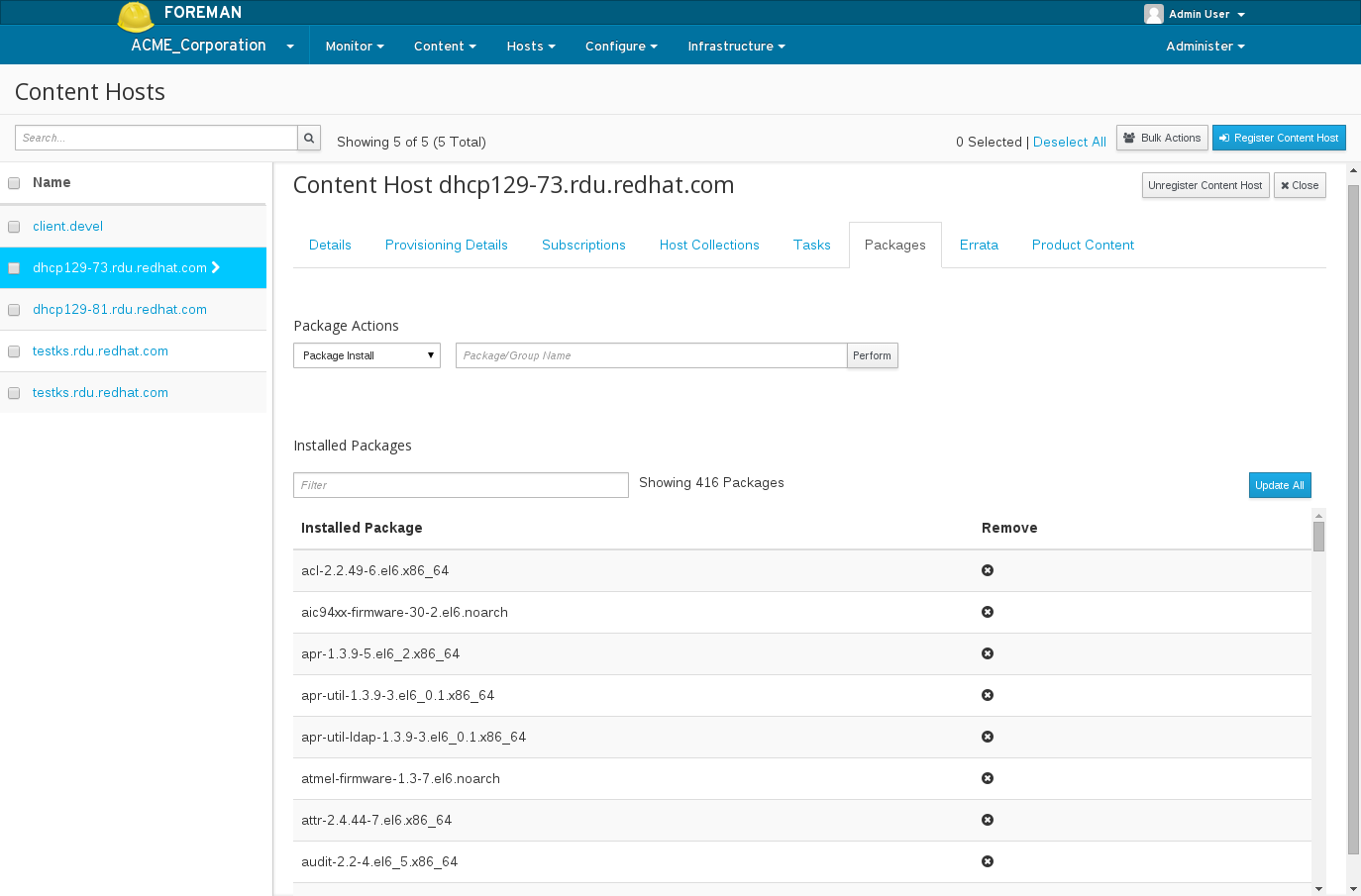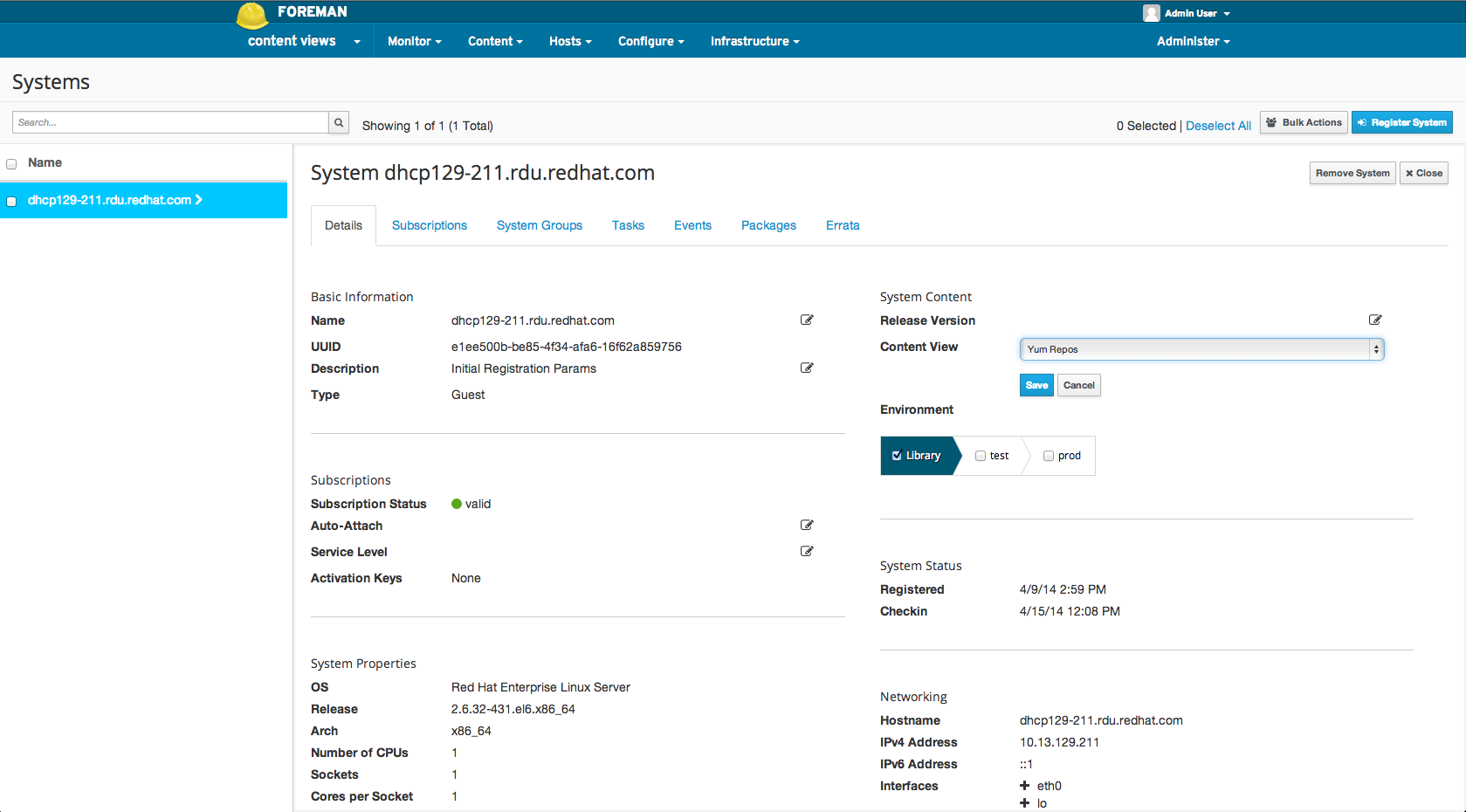
Tanya Tereshchenko one of the Pulp developers started the sessions with „Manage Your Packages & Create Reproducible Environments using Pulp“ giving an update about Pulp 3. To illustrate the workflows covered by Pulp she used the Ansible plugin which will allow to mirror Ansible Galaxy locally and stage the content. Of course Pulp also allows to add your own content to your local version of the Galaxy and serve it to your systems. The other plugins a beta version is already available for Pulp 3 are python to mirror pypi and file for content of any kind, but more are in different development stages.
„An Introduction to Graylog for Security Use Cases“ by Lennart Koopmann was about taking the idea of Threadhunting to Graylog by having a plugin providing lookup tables and processing pipeline. In his demo he showed all of this based on eventlogs collected by their honey pot domain controller and I can really recommend the insides you can get with it. I still remember how much work it was getting such things up and running 10 years ago at my former employer with tools like rsyslog and I am very happy about having tools like Graylog nowadays which provide this out of box.
From Sweden came Alexander Olofsson and Magnus Svensson to talk about „Orchestrating Windows deployment with Foreman and WDS“. They being Linux Administrators wanted to give their Windows colleagues a similar experience on a shared infrastructure and shared their journey to reach this goal. They have created a small Foreman Plugin for WDS integration into the provisioning process which got released in its first version. Also being a rather short presentation it started a very interesting discussion as audience were also mostly Linux Administrators but nearly everyone had at least to deal in one way with Windows, too.
My colleague Daniel Neuberger was introducing into Graylog with „Catch your information right! Three ways of filling your Graylog with life.“ His talk covered topics from Graylogs architecture, what types of logs exists and how you can get at least the common ones into Graylog. Some very helpful tips from practical experience spiced up the talk like never ever run Graylog as root for being able to get syslog traffic on port 514, if the client can not change the port, your iptables rules can do so. Another one showed fallback configuration for Rsyslog using execOnlyWhenPreviousIsSuspended action. And like me Daniel prefers to not only talk about things but also show them live in a demo, one thing I recommend to people giving a talk as audience will always honor, but keep in mind to always have a fallback.
Timo Goebel started the afternoon sessions with „Foreman: Unboxing“ and like in a traditional unboxing he showed all the plugins Filiadata has added to their highly customized Foreman installation. This covered integration of omaha (the update management of coreos), rescue mode for systems, VMware status checking, distributed lock management to help with automatic updates in cluster setups, Spacewalk integration they use for SUSE Manager managed systems, host expiration which helps to keep your environment tidy, monitoring integration and the one he is currently working on which provides cloud-init templates during cloning virtual machines in VMware from templates.
Jan Doberstein did exactly what you can expect from a talk called „Graylog Processing Pipelines Deep Dive“. Being Support engineer at Graylog for several years now his advice is coming from experience in many different customer environments and while statements like „keep it simple and stupid“ are made often they stay true but also unheard by many. Those pipelines are really powerful especially when done in a good way, even more when they can be included and shared via content packs with Version 3.
Matthias Dellweg one of those guys from AITX who brought Debian support to Pulp and Katello talked about errata support for it in his talk „Errare Humanum Est“. He started by explaining the state of errata in RPM and differences in the DEB world. Afterwards he showed the state of their proof of concept which looks like a big improvement bringing DEB support in Katello to the same level like RPM.
„How to manage Windows Eventlogs“ was brought to the audience by Rico Spiesberger with support by Daniel. The diversity of the environment brought some challenges to them which they wanted to solve with monitoring the logs for events that history proved to be problematic. Collecting the events from over 120 Active Directory Servers in over 40 countries generates now over 46 billion documents in Graylog a day and good idea about what is going on. No such big numbers but even more detailed dashboards were created for the Certificate Authority. Expect all their work to be available as content pack when it is able to export them with Graylog 3.
Last but not least Ewoud Kohl van Wijngaarden told us the story about software going the way „From git repo to package“ in the Foreman Project. Seeing all the work for covering different operating systems and software versions for Foreman and the big amount of plugins or even more for Katello and all the dependencies is great and explains why sometimes things take longer, but always show a high quality.
I think it was a really great event which not only I enjoyed from the feedback I got. I really like about the format that talks are diving deeper into the projects than most other events can do and looking forward for the next issue. Thanks to all the speakers and attendees, safe travels home to everyone.




















